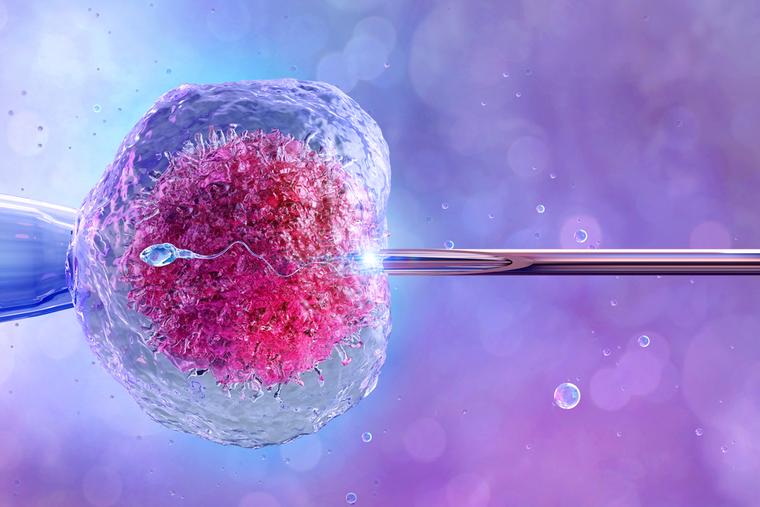Embryo Freezing
Embryo Freezing
Embryo freezing—also known as embryo cryopreservation—is a key part of modern fertility treatment. It allows individuals or couples to preserve embryos (fertilized eggs) for future use, offering flexibility, peace of mind, and more options on the path to parenthood.
Embryo freezing involves fertilizing an egg with sperm in a lab (usually during IVF), allowing it to develop into an early-stage embryo, then freezing it for later use. These embryos can be thawed and transferred to the uterus when the time is right.

How the Process Works:

Ovarian Stimulation (for egg production)
A semen sample is typically collected through masturbation in a private clinic room. If that’s not possible, surgical extraction or home collection kits (with special instructions) may be options.

Egg Retrieval & Fertilization
Mature eggs are retrieved in a short outpatient procedure. Then, the eggs are fertilized with sperm (partner’s or donor’s) to create embryos.

Embryo Development & Freezing
Embryos are cultured for 3–5 days in the lab. The best-quality embryos are frozen using a method called vitrification (rapid freezing that protects cells)
Why Freeze Embryos?
- Higher success rates than using frozen eggs
- Preserves both egg and sperm genetics in one step
- Saves time and cost in future IVF cycles
- Allows for genetic testing (PGT-A/PGT-M) before implantation, if desired


Who Considers Embryo Freezing?
- Couples going through IVF
- Individuals undergoing cancer treatment or other medical procedures that could affect fertility
- People delaying pregnancy for personal or career reasons
- LGBTQ+ couples or single parents using donor eggs/sperm
- Those wanting to bank embryos now for a second or future child
Costs to Consider:
- IVF cycle + embryo creation: $12,000–$20,000
- Freezing & storage: $500–$1,200
- Annual storage fees: $500–$1,000
Using Frozen Embryos Later:
- When you're ready, the embryo is thawed and transferred to the uterus. This can be done in a natural or medicated cycle.
- Frozen embryo transfers (FET) often have similar or even better success rates than fresh transfers, thanks to advancements in freezing techniques.
